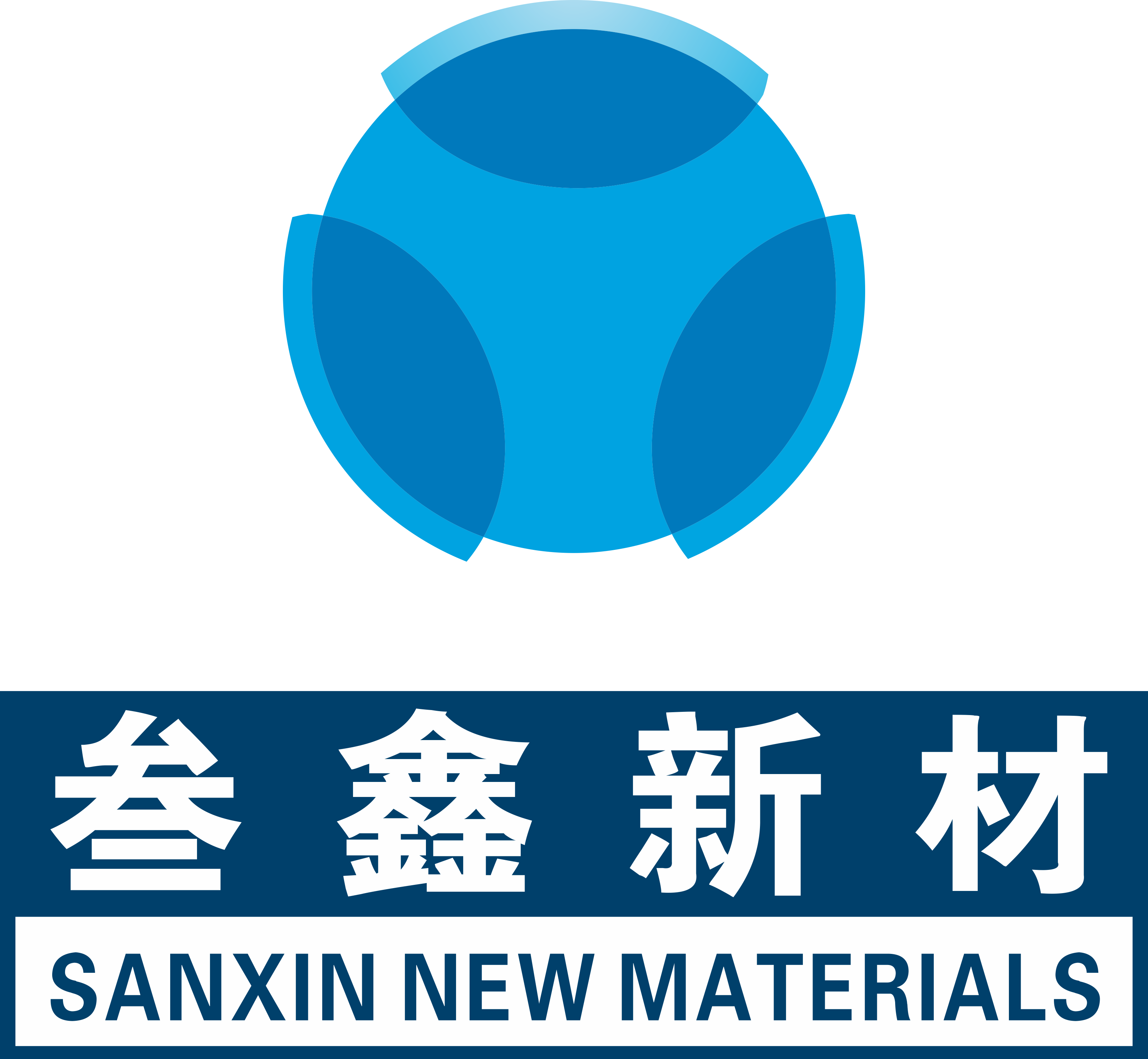Zirconia Grinding Beads for Nano Applications
Nano technology is a collective term for a broad pallet of applications that have to do with structures and processes on the nanometer scale: solid particles in suspensions and powders, dusts, drops of liquid in emulsions, fogs, sprays or foams whose primary dimensions are less than 100 nm. Nanoparticles have a very large specific surface, the surface atoms of which are usually very reactive. That is what makes nanoparticles so unique and results in their special properties.
With the aid of such particles, it is possible to manufacture extremely hard and scratch-resistant coatings, materials with new properties such as low-sintering ceramics, amorphous (transparent) metals, and materials with high tensile strength and fracture toughness at low temperatures or superplasticity at higher temperatures.
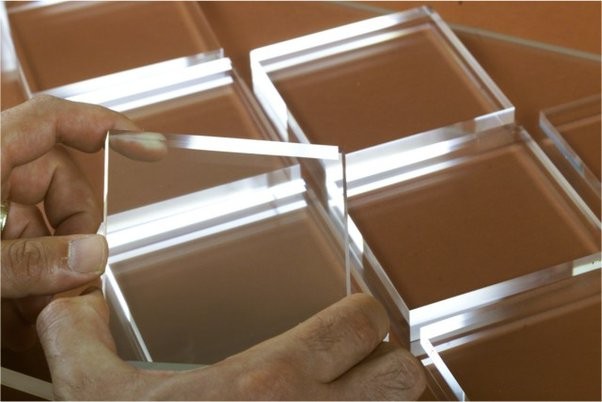
Nanoparticles are smaller than viruses and bacteria. Therefore, as a rule, they can easily penetrate cells. This characteristic makes nanoparticles interesting for the pharmaceutical industry, since they can be used to transport "effective ingredients" through biological barriers such as the blood-cerebral barrier for example.

There are two ways to produce nanoparticles. With the condensation or "bottom-up" method, the particles are created through molecular aggregation of an existing substance in dissolved, liquid, or gaseous form. These sol-gel techniques, precipitation techniques, micro-emulsion and gas phase processes are advantageous in that it is possible to produce high-purity, practically mono-dispersed spherical particle systems. The disadvantage is that the maximum productive capacity is usually quite low. This means that, as a rule, these methods offer only limited capacity for scale-up.
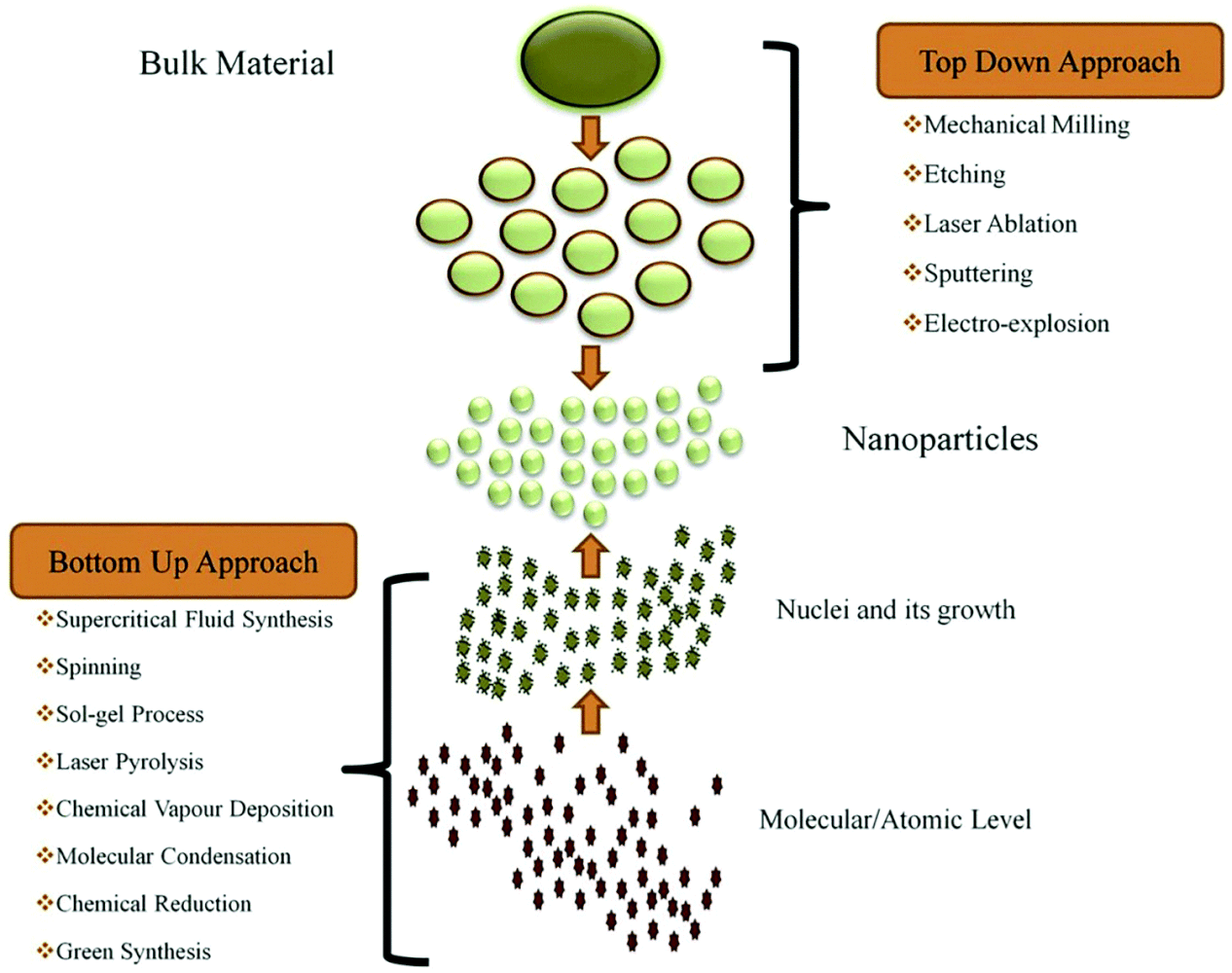
The production of very fine particles through comminution of coarse particles is referred to as the dispersion or "top-down" method. High energy densities such as those achieved in agitator bead mills are required for such grinding tasks. Wet grinding is the primary mode of operation for agitator bead mills. They are employed in many branches of industry for comminution of raw materials as well as dispersing fine pigments and products of the "bottom-up" method.
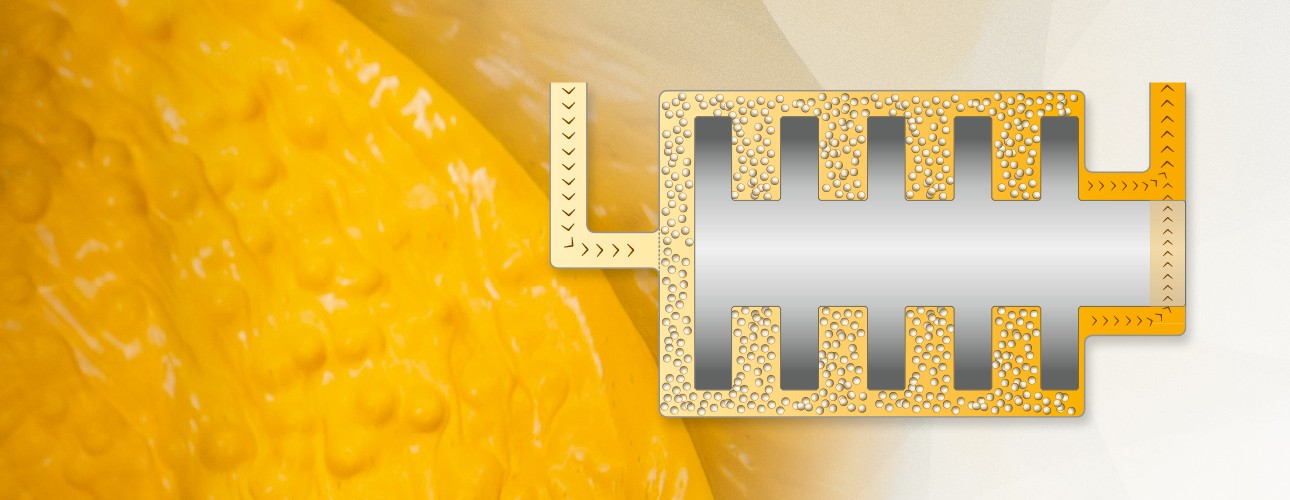
To achieve the nanoparticles, zirconia grinding beads of 0.05mm/0.1mm are used in bead mills.The Y-TZP beads produced by Sanxin,comparing with the three international brands, the grain size, microstructure, wear surface morphology and crystal phase composition are basically the same.
The preparation technology of Sanxin Y-TZP grinding media has made great
progress in recent years, and the product quality is close to the world advanced level.
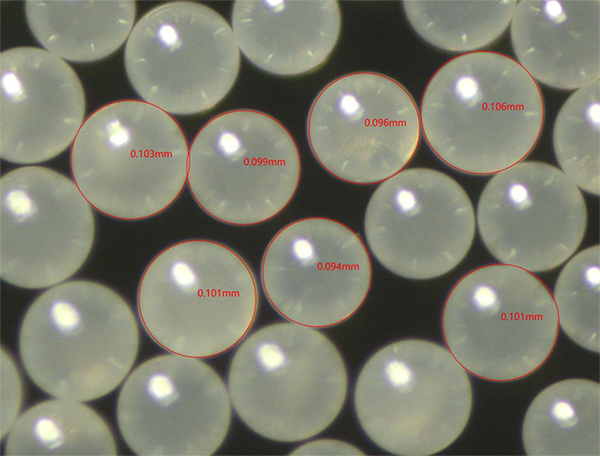
The nanoparticles are proven solutions for:
Multilayer Ceramic Capacitors
Liquid Crystal Display (LCD)
Polish (CMP)
Photo Catalysts
If you want learn more about nanoparticle applications, please contact us.
WhatsApp: +86-19907097722





